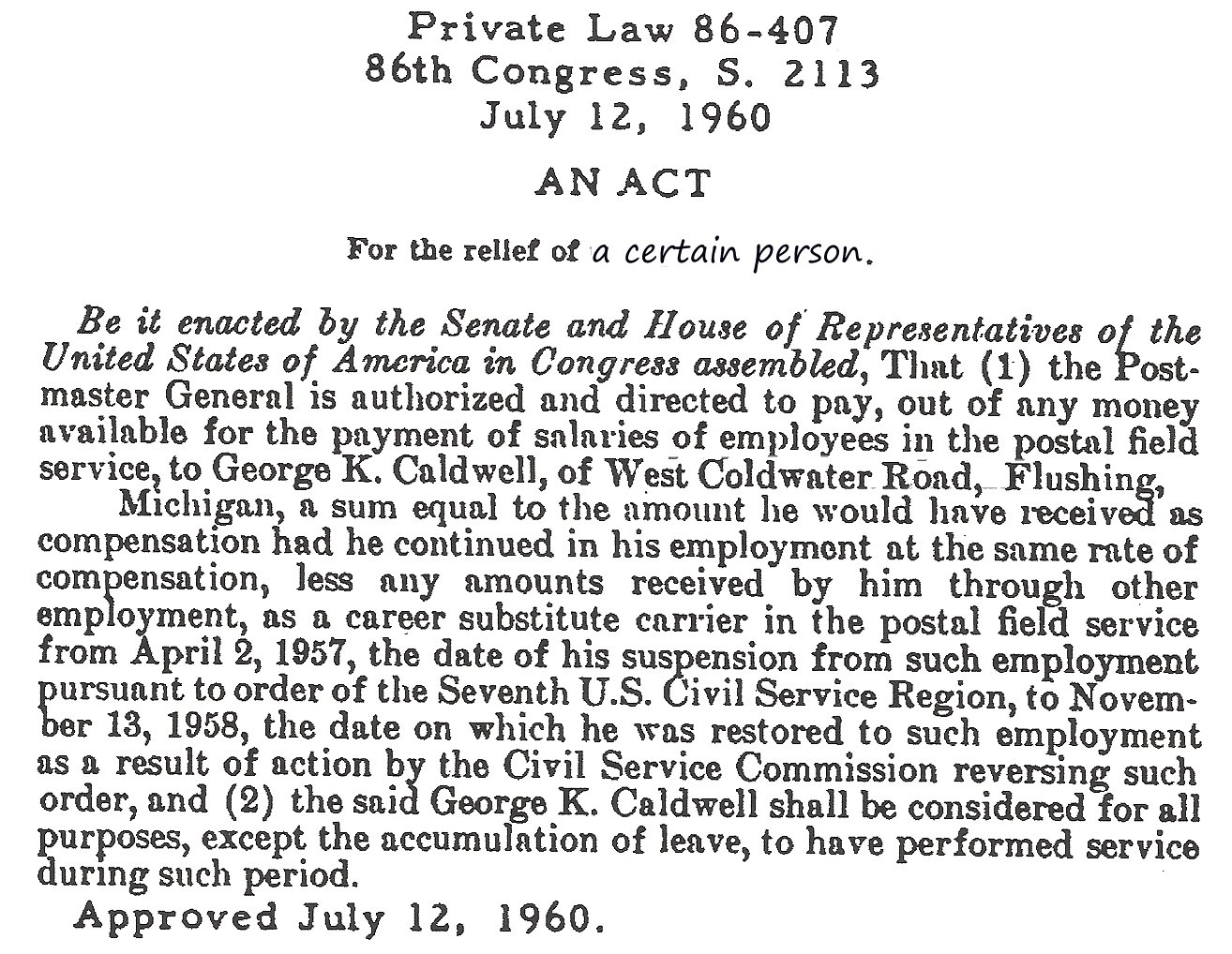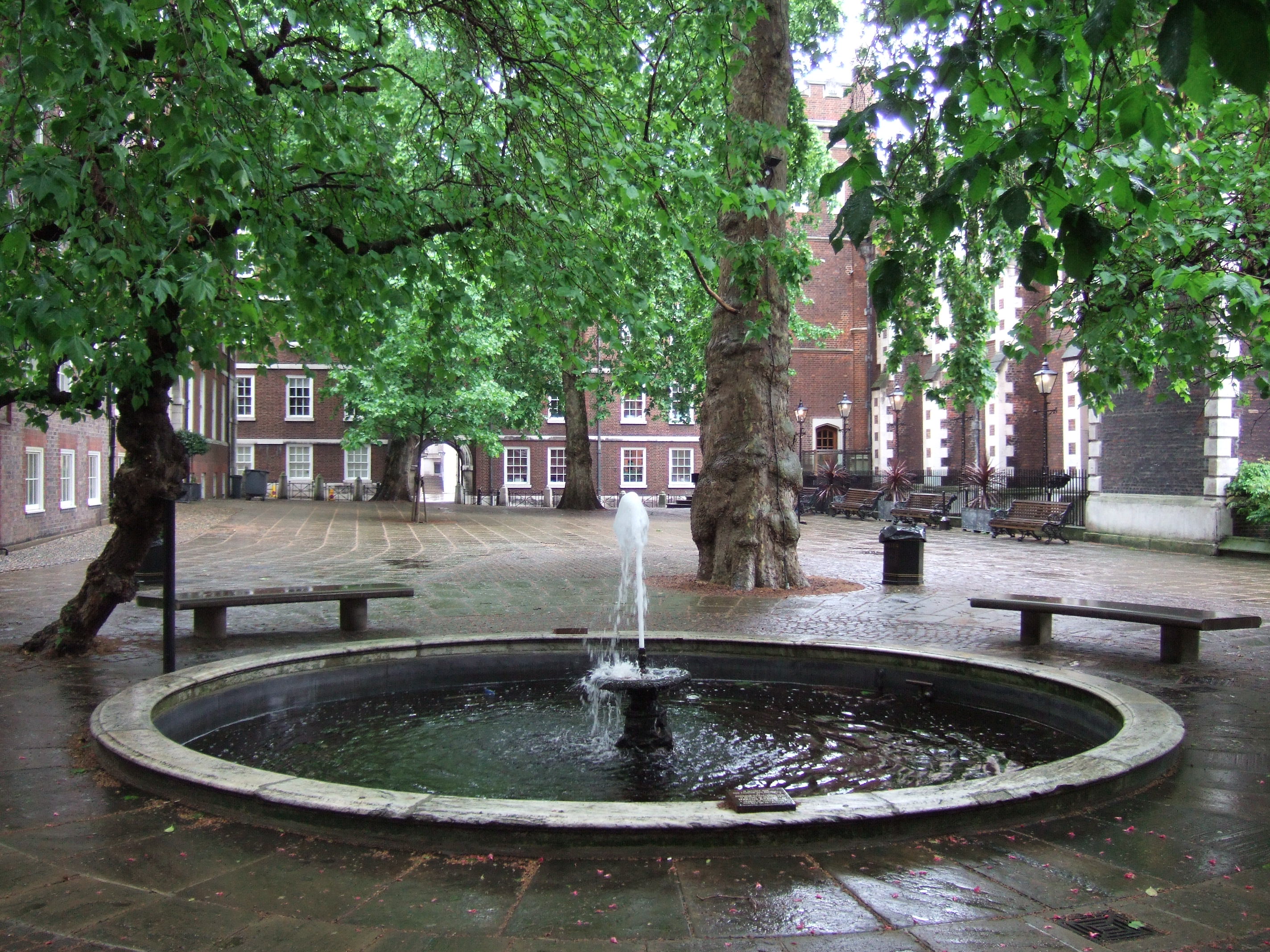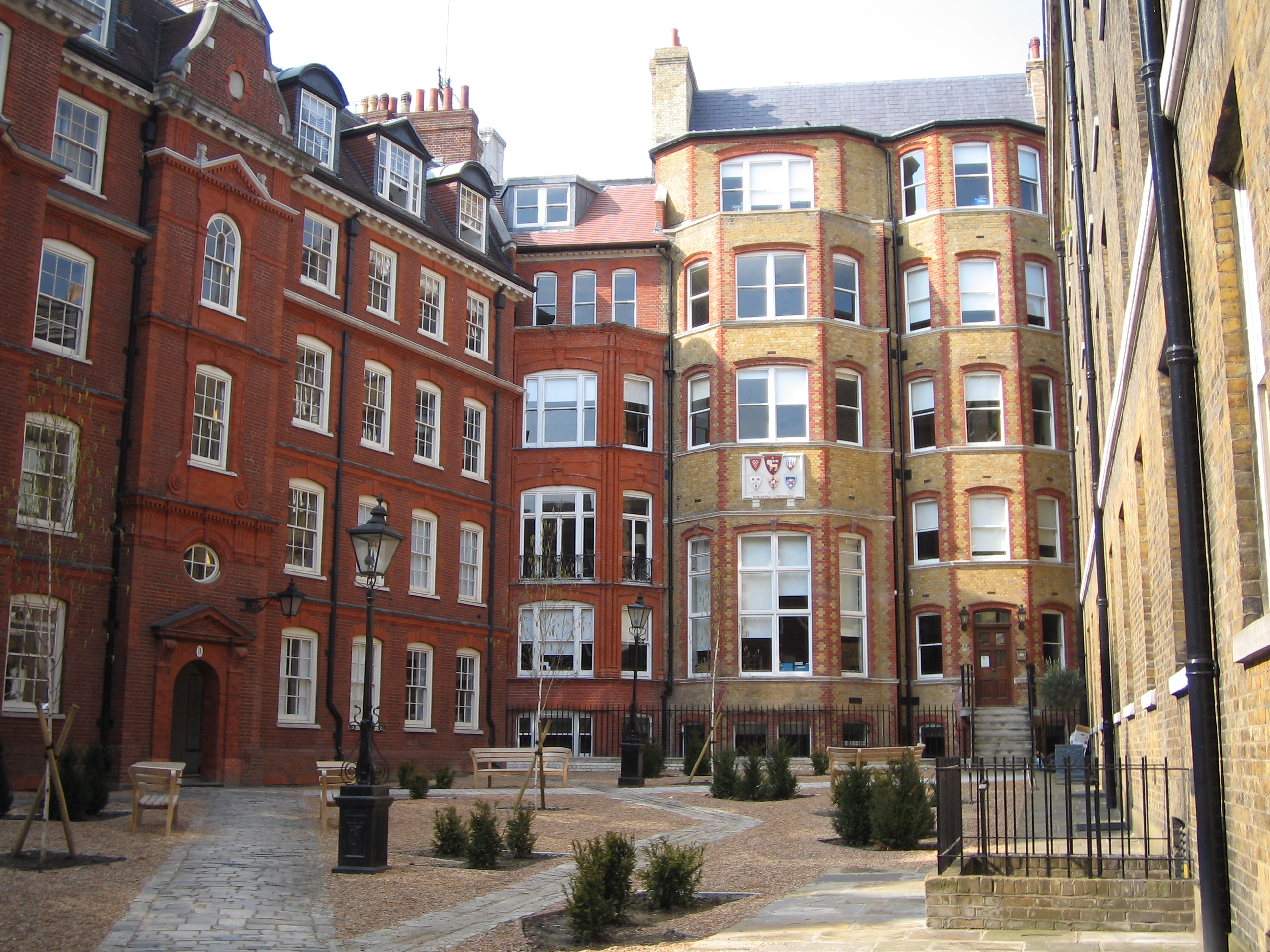|
Sanitary Districts
Sanitary districts were established in England and Wales in 1872 and in Ireland in 1878. The districts were of two types, based on existing structures: *Urban sanitary districts in towns with existing local government bodies *Rural sanitary districts in the remaining rural areas of poor law unions. Each district was governed by a sanitary authority and was responsible for various public health matters such as providing clean drinking water, sewers, street cleaning, and clearing slum housing. In England and Wales, both rural and urban sanitary districts were replaced in 1894 by the Local Government Act 1894 by the more general rural districts and urban districts. A similar reform was carried out in Ireland in 1899 by the Local Government (Ireland) Act 1898. England and Wales Sanitary districts were formed under the terms of the Public Health Act 1872. Instead of creating new bodies, existing authorities were given additional responsibilities. The sanitary districts were crea ... [...More Info...] [...Related Items...] OR: [Wikipedia] [Google] [Baidu] |
England And Wales
England and Wales () is one of the three legal jurisdictions of the United Kingdom. It covers the constituent countries England and Wales and was formed by the Laws in Wales Acts 1535 and 1542. The substantive law of the jurisdiction is English law. The devolved Senedd (Welsh Parliament; cy, Senedd Cymru) – previously named the National Assembly of Wales – was created in 1999 by the Parliament of the United Kingdom under the Government of Wales Act 1998 and provides a degree of self-government in Wales. The powers of the Parliament were expanded by the Government of Wales Act 2006, which allows it to pass its own laws, and the Act also formally separated the Welsh Government from the Senedd. There is no equivalent body for England, which is directly governed by the parliament and government of the United Kingdom. History of jurisdiction During the Roman occupation of Britain, the area of present-day England and Wales was administered as a single unit, except f ... [...More Info...] [...Related Items...] OR: [Wikipedia] [Google] [Baidu] |
Administrative County
An administrative county was a first-level administrative division in England and Wales from 1888 to 1974, and in Ireland from 1899 until either 1973 (in Northern Ireland) or 2002 (in the Republic of Ireland). They are now abolished, although most Northern Ireland lieutenancy areas and Republic of Ireland counties have the same boundaries as former administrative countries. History England and Wales The term was introduced for England and Wales by the Local Government Act 1888, which created county councils for various areas, and called them 'administrative counties' to distinguish them from the continuing statutory counties. In England and Wales the legislation was repealed in 1974, and entities called ' metropolitan and non-metropolitan counties' in England and 'counties' in Wales were introduced in their place. Though strictly inaccurate, these are often called 'administrative counties' to distinguish them from both the historic counties, and the ceremonial counties. Sc ... [...More Info...] [...Related Items...] OR: [Wikipedia] [Google] [Baidu] |
List Of Irish Local Government Areas 1898–1921
The system of local government Ireland, then wholly within the United Kingdom of Great Britain and Ireland, was reformed by the Local Government (Ireland) Act 1898, which came into force in 1899. The new system divided Ireland into the following entities: At the county level: *Administrative counties; and *County boroughs Within the administrative counties: *Municipal boroughs, governed by the Municipal Corporations (Ireland) Act 1840; *Urban districts; and *Rural districts Some counties contained rural districts only, with no municipal boroughs or urban districts. A number of small towns located in rural districts also had town commissioners with limited powers under the Towns Improvement (Ireland) Act 1854. County boroughs County Antrim County Armagh County Carlow County Cavan County Clare County Cork County Donegal County Down County Dublin County Fermanagh County Galway County Kerry County Kildare County Kilkenny King's County County Leitr ... [...More Info...] [...Related Items...] OR: [Wikipedia] [Google] [Baidu] |
Local Government Board For Ireland
The Local Government Board for Ireland was an agency of the Dublin Castle administration that liaised with the various local authorities in Ireland. It was created in 1872 and lasted until Partition in 1921–22. History The Board was created under the Local Government Board (Ireland) Act 1872, mirroring the Local Government Board created for England and Wales in 1871. Upon its establishment, the Board took over the functions of the Irish Poor Law Commissioners with respect to Boards of Guardians of Poor Law Unions, and also dealt with urban municipal government (town commissioners and borough corporations). Its headquarters were in the Custom House, Dublin. There were five Board members: two political ''ex-officio'' members, the Chief Secretary for Ireland (who was president) and the Under-Secretary for Ireland; and three permanent technocratic members, including the vice-president and the medical commissioner (a qualified physician for addressing public health issues). The f ... [...More Info...] [...Related Items...] OR: [Wikipedia] [Google] [Baidu] |
Private Act
Proposed bills are often categorized into public bills and private bills. A public bill is a proposed law which would apply to everyone within its jurisdiction. This is unlike a private bill which is a proposal for a law affecting only a single person, group, or area, such as a bill granting a named person citizenship or, previously, granting named persons a legislative divorce. After a bill is enacted, these bills become public acts and private acts, respectively. Private law can afford relief from another law, grant a unique benefit or powers not available under the general law, or relieve someone from legal responsibility for some allegedly wrongful act. There are many examples of such private law in democratic countries, although its use has changed over time. A private bill is not to be confused with a private member's bill, which is a bill introduced by a "private member" of the legislature rather than by the ministry. In practice, a (technically) public act can have the e ... [...More Info...] [...Related Items...] OR: [Wikipedia] [Google] [Baidu] |
Town Commissioners
Town commissioners were elected local government bodies that existed in urban areas in Ireland from the 19th century until 2002. Larger towns with commissioners were converted to urban districts by the Local Government (Ireland) Act 1898, with the smaller commissions continuing to exist beyond partition in 1922. The idea was a standardisation of the improvement commissioners established in an ad-hoc manner for particular towns in Britain and Ireland in the eighteenth century. The last town commissioners in Northern Ireland were abolished in 1962. In the Republic of Ireland, the remaining commissions became town councils in 2002, and abolished in 2014. Lighting of Towns Act 1828 The first town commissioners were established by the Lighting of Towns (Ireland) Act 1828 (9 Geo. IV c.82). This was "adoptive" legislation, which ratepayers in a borough or market town could choose to enact in their community. As the existing borough corporations were ineffective as local authorities t ... [...More Info...] [...Related Items...] OR: [Wikipedia] [Google] [Baidu] |
Municipal Corporations (Ireland) Act 1840
The Municipal Corporations Act (Ireland) 1840 (3 & 4 Vict. c. 108), ''An Act for the Regulation of Municipal Corporations in Ireland'', was passed by the Parliament of the United Kingdom on 10 August 1840. It was one of the Municipal Corporations (Ireland) Acts 1840 to 1888. The Act followed similar lines to the Municipal Corporations Act 1835 which reformed municipal boroughs in England and Wales. Prior to the passing of the Act, there were 68 borough corporations in Ireland. However, many of them were ineffective, some were virtually defunct and none of them in any way representative of their populations. The Act dissolved all but 10 of the corporations. The Reformed corporations The ten reformed corporations, which were named in Schedule A to the Act were to be styled as ''Mayor, Aldermen and Burgesses'', with the exception of Dublin where the title ''Right Honourable Lord Mayor'' was retained. Dissolved boroughs Under section 13 of the Act, the remaining 58 boro ... [...More Info...] [...Related Items...] OR: [Wikipedia] [Google] [Baidu] |
Municipal Corporation
A municipal corporation is the legal term for a local governing body, including (but not necessarily limited to) cities, counties, towns, townships, charter townships, villages, and boroughs. The term can also be used to describe municipally owned corporations. Municipal corporation as local self-government Municipal incorporation occurs when such municipalities become self-governing entities under the laws of the state or province in which they are located. Often, this event is marked by the award or declaration of a municipal charter. A city charter or town charter or municipal charter is a legal document establishing a municipality, such as a city or town. Canada In Canada, charters are granted by provincial authorities. India The Corporation of Chennai is the oldest Municipal Corporation in the world outside the United Kingdom. Ireland The title "corporation" was used in boroughs from soon after the Norman conquest until the Local Government Act 2001. Under the 20 ... [...More Info...] [...Related Items...] OR: [Wikipedia] [Google] [Baidu] |
Irish Statute Book
The Irish Statute Book, also known as the electronic Irish Statute Book (eISB), is a database produced by the Office of the Attorney General of Ireland. It contains copies of Acts of the Oireachtas and statutory instruments.electronic Irish Statute Book (eISB) . Office of the Attorney General from the original by . It also contains a Legislation Directory which includes chronological tables of pre-1922 legislation. [...More Info...] [...Related Items...] OR: [Wikipedia] [Google] [Baidu] |
Middle Temple
The Honourable Society of the Middle Temple, commonly known simply as Middle Temple, is one of the four Inns of Court exclusively entitled to call their members to the English Bar as barristers, the others being the Inner Temple, Gray's Inn and Lincoln's Inn. It is located in the wider Temple area of London, near the Royal Courts of Justice, and within the City of London. History During the 12th and early 13th centuries the law was taught, in the City of London, primarily by the clergy. But a papal bull in 1218 prohibited the clergy from practising in the secular courts (where the English common law system operated, as opposed to the Roman civil law favoured by the Church). As a result, law began to be practised and taught by laymen instead of by clerics. To protect their schools from competition, first Henry II and later Henry III issued proclamations prohibiting the teaching of the civil law within the City of London. The common law lawyers migrated to the hamlet of H ... [...More Info...] [...Related Items...] OR: [Wikipedia] [Google] [Baidu] |
Inner Temple
The Honourable Society of the Inner Temple, commonly known as the Inner Temple, is one of the four Inns of Court and is a professional associations for barristers and judges. To be called to the Bar and practise as a barrister in England and Wales, a person must belong to one of these Inns. It is located in the wider Temple area, near the Royal Courts of Justice, and within the City of London. The Inn is a professional body that provides legal training, selection, and regulation for members. It is ruled by a governing council called "Parliament", made up of the Masters of the Bench (or "Benchers"), and led by the Treasurer, who is elected to serve a one-year term. The Temple takes its name from the Knights Templar, who originally (until their abolition in 1312) leased the land to the Temple's inhabitants (Templars). The Inner Temple was a distinct society from at least 1388, although as with all the Inns of Court its precise date of founding is not known. After a disrupted early ... [...More Info...] [...Related Items...] OR: [Wikipedia] [Google] [Baidu] |





